Nestled in the green heart of Umbria in the province of Perugia, Lake Trasimeno (Italy’s fourth-largest lake) has an almost ethereal allure, especially when viewed from the top of the imposing Palazzo della Corgna on a somewhat overcast day. The thick, low-hanging clouds seem to add a sense of drama over the placid waters hugged by an emerald-hued landscape.
It’s Tuesday morning and the postcard-pretty Castiglione del Lago is starting to come alive with tourists and locals eager to experience the Festa del Tulipano, an annual event that sees colorful tulips take center stage all over the village.
The large parade floats, covered in delicate, bright petals, vie for my attention, but my eyes are drawn towards that magical, aquamarine lake. It’s like locking eyes with a captivating stranger. I almost can’t turn away.
But I have to – because there are wines to be tasted. Around this mesmeric lake, sixteen member wineries of the Trasimeno Consortium (Trasimeno Consorzio Tutela Vini, founded in 1997) are producing wines that also leave a lasting impression.
Last week, I took a whirlwind trip to Umbria to learn more about these under-the-radar gems. Though the trip started with major airport chaos (weather conditions meant we landed in Pisa instead of Florence), by that evening I was breaking bread with winegrowers and fellow wine journalists at the tulip festival’s bustling, wine-infused taverna. Between tucking into a delicious vegetable fritto misto, I had a taste of some of the local rosés that were being highlighted during the simultaneous Trasimeno Rosé Festival. Sure, I was a little exhausted from the trip, but those first convivial sips certainly left me thirsty for more.
That next morning, after a look at the petal-clad floats that would soon parade through the streets and a visit to the magnificent Renaissance palace, I attended a masterclass in the company of some of the producers of the Trasimeno Consortium. I had become acquainted with this lesser-known wine region back in early 2022 when I participated in an online tasting with Studio Cru and Nicola Chiucchiurlotto from Madrevite (who was among the producers present during the masterclass). Madrevite was founded in 2003 in Castiglione del Lago and counts 11 hectares of vineyards stretching across the Lake Trasimeno hillsides. I remember being impressed with their La Bisbetica rosé (made from the region’s flagship grape, Gamay del Trasimeno) and was looking forward to carefully sampling (sans grogginess from a long trip) the selection of rosés that opened the masterclass.
Before we started tasting the wines, we learned more about the Gamay del Trasimeno, which, in recent years, has been the focus of the Consortium. Firstly, the grape must not be confused with the Gamay grown in France’s Beaujolais region. In fact, according to recent research, this varietal is part of the Grenache family, which in other parts of Italy goes by names such as Cannonau (Sardinia) and Tai Rosso (Veneto). The grape was probably introduced to the region in the early 17th century via Spanish domination. Between the end of the 19th and the early 20th century, Sardinian shepherds arriving from the west settled near the lake, crossing the Tuscan Maremma and Val d’Orcia. The Sardinian transhumances consolidated the presence of the grape’s ancestors in the region. Gamay del Trasimeno is the seventh most grown grape variety in the world and, in this area, it is to craft elegant, well-structured reds and rosés replete with rich fruit aromas.
Our masterclass consisted of a selection of rosés, Trasimeno Gamay DOCs and Trasimeno Gamay Riservas.
There were a lot of superstar wines, and in an upcoming post I will be listing some that really stood out, including a beautiful rosé from Podere Marella, an organic winery with a brilliant story, not to mention a very driven young woman who is now at its helm!
After the masterclass and a lunch that saw us stepping outside to see the magnificent tulip festival floats and marching bands, we explored the vineyards of Madrevite and Podere Marella.
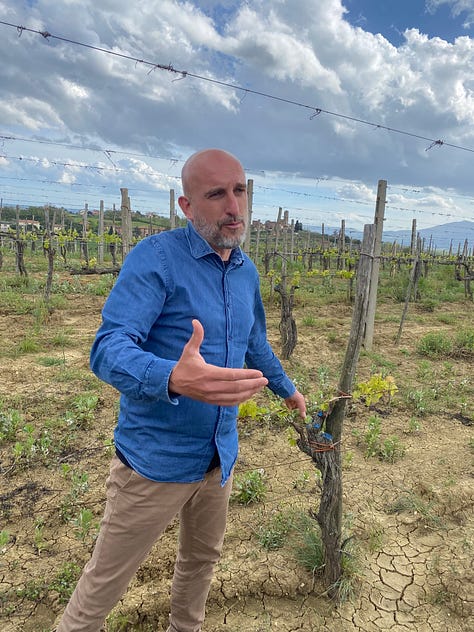
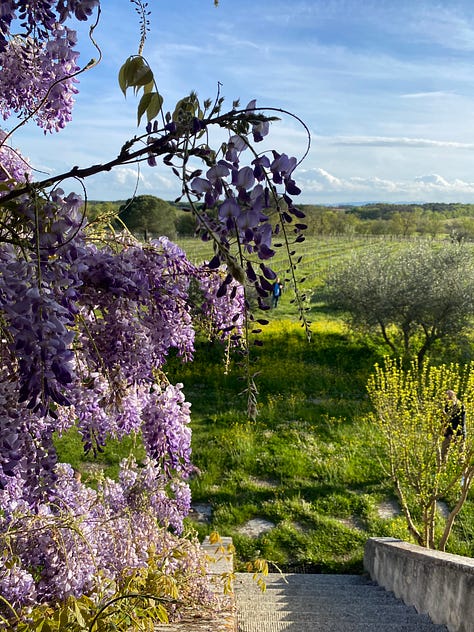

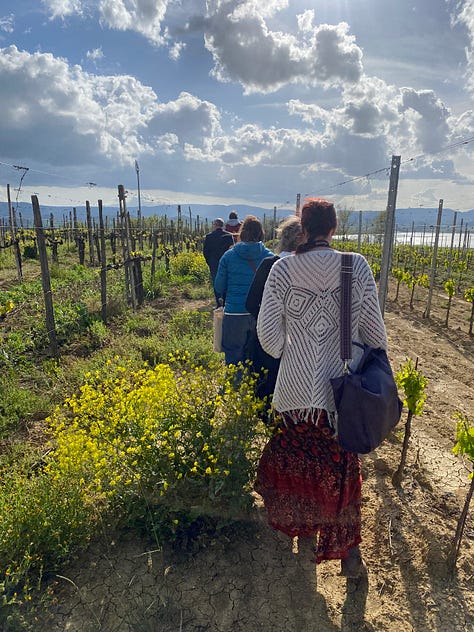
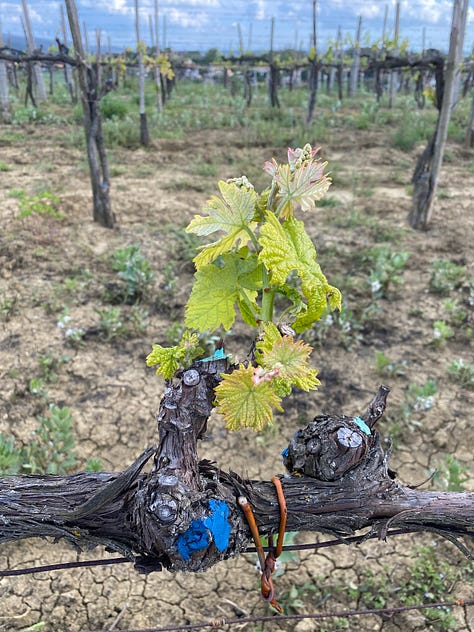
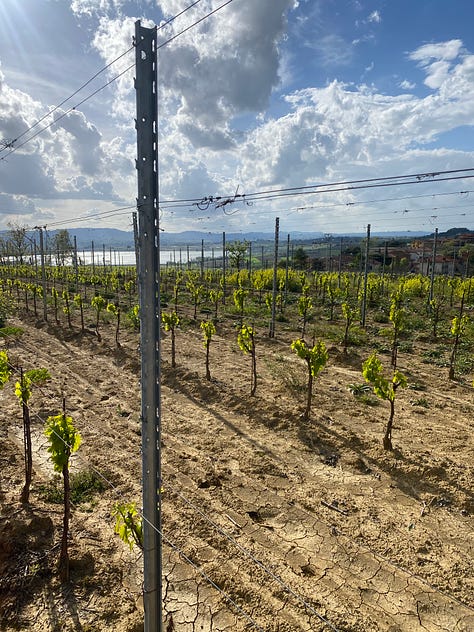
Tasting these wines, walking through these vineyards and talking to these dedicated winegrowers, what struck me most is that more recognition is definitely in order. These are well-crafted wines that reflect a region that is rich in traditions, yet decidedly forward-thinking. A woman who took it upon herself to work organically back in 1974 when this was considered risky business? Using the world’s first paper wine bottle (which has a carbon footprint up to 84% lower than glass)? It all happened here.
Stay tuned …
With thanks to Studio Cru and Trasimeno Consorzio Tutela Vini
Video: Hans Westbeek MediaProductie



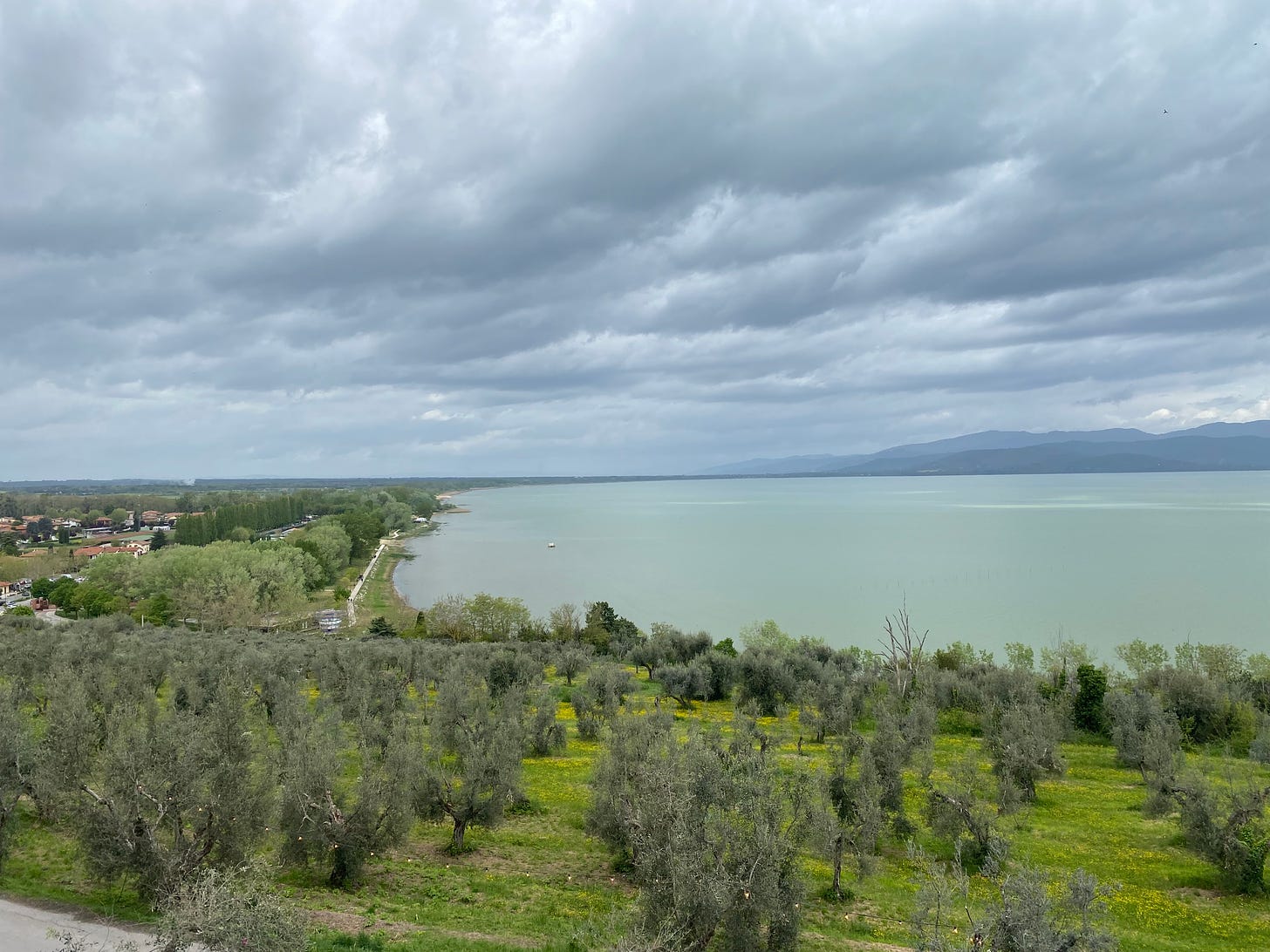
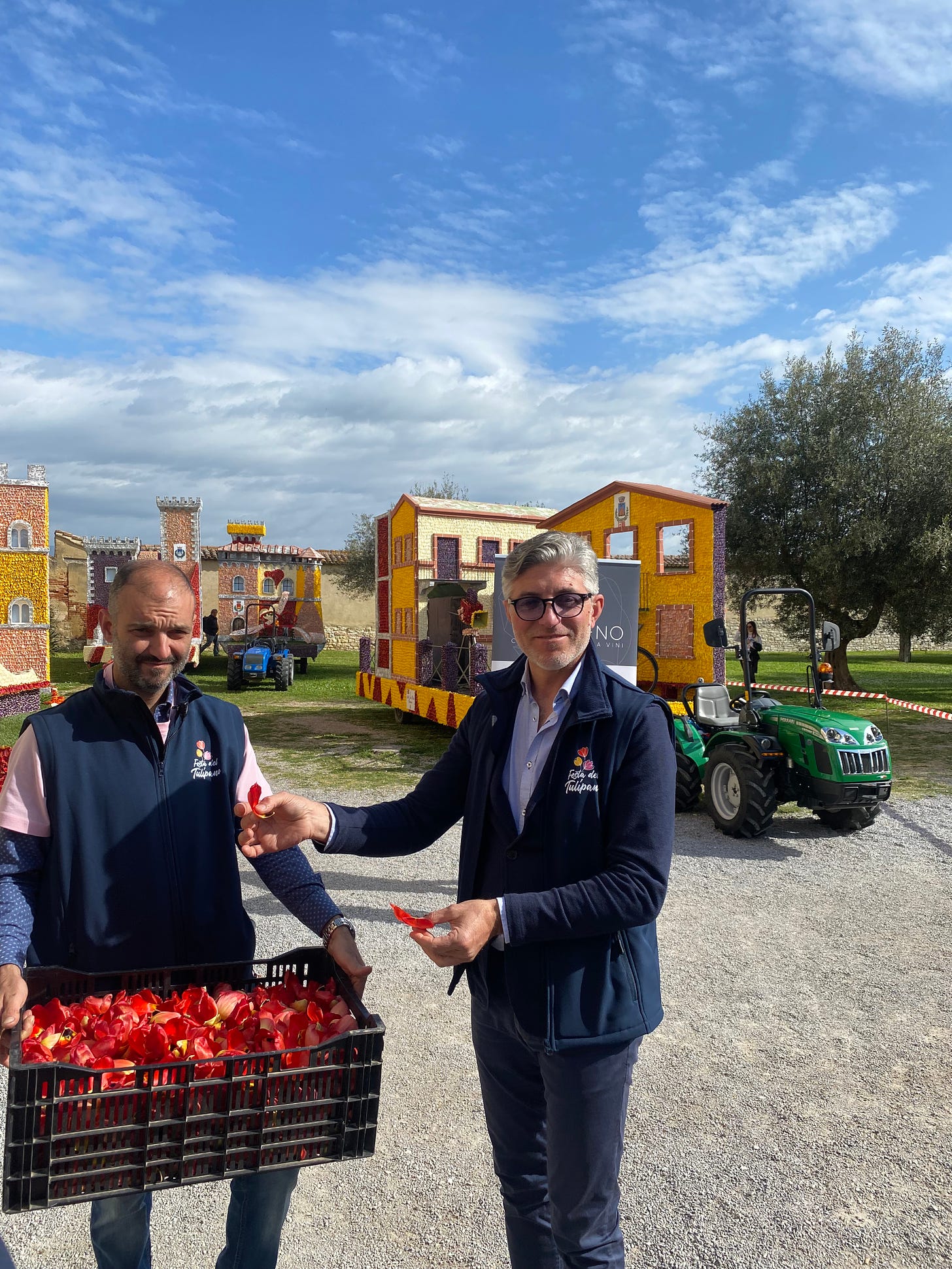
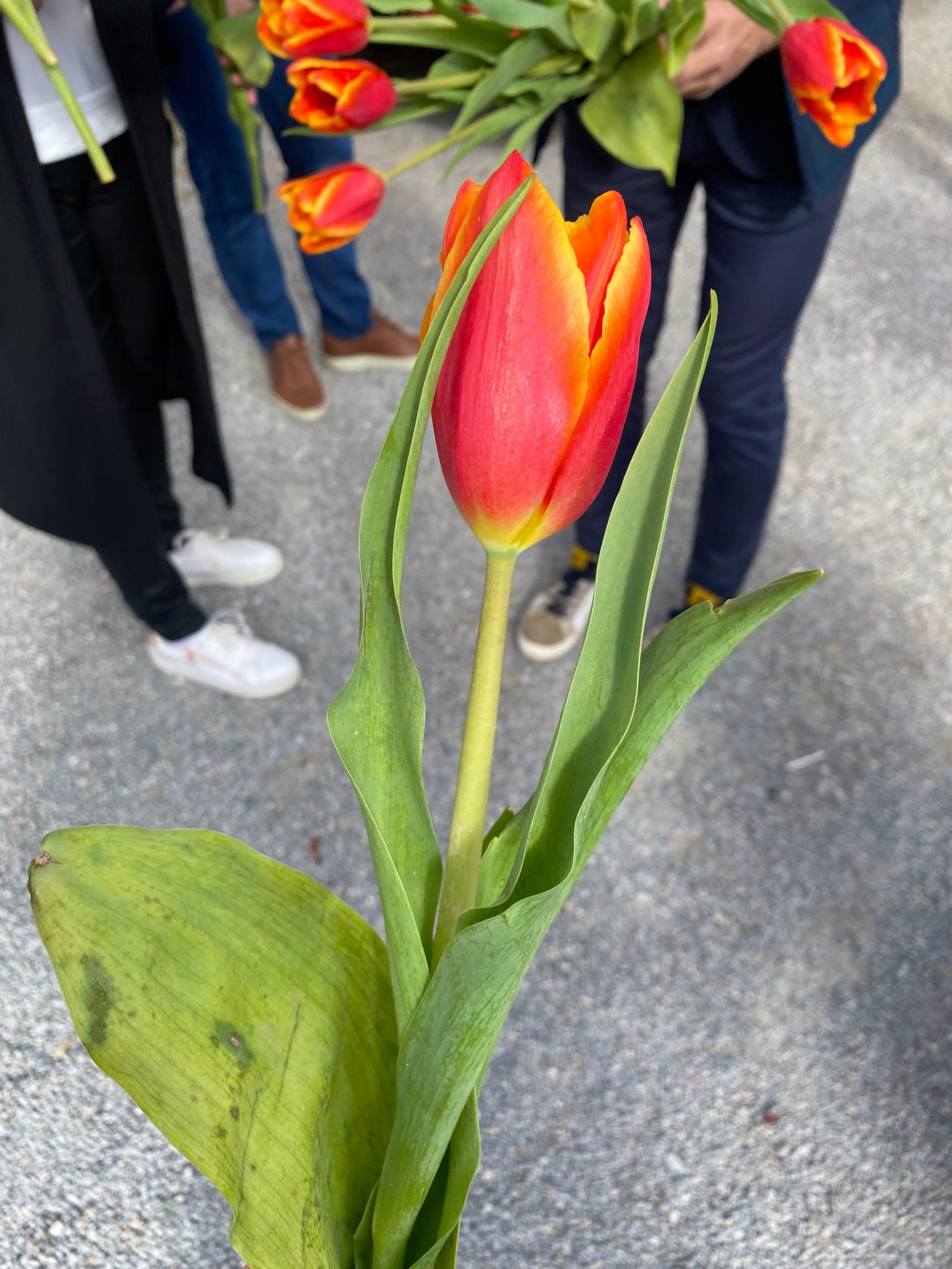
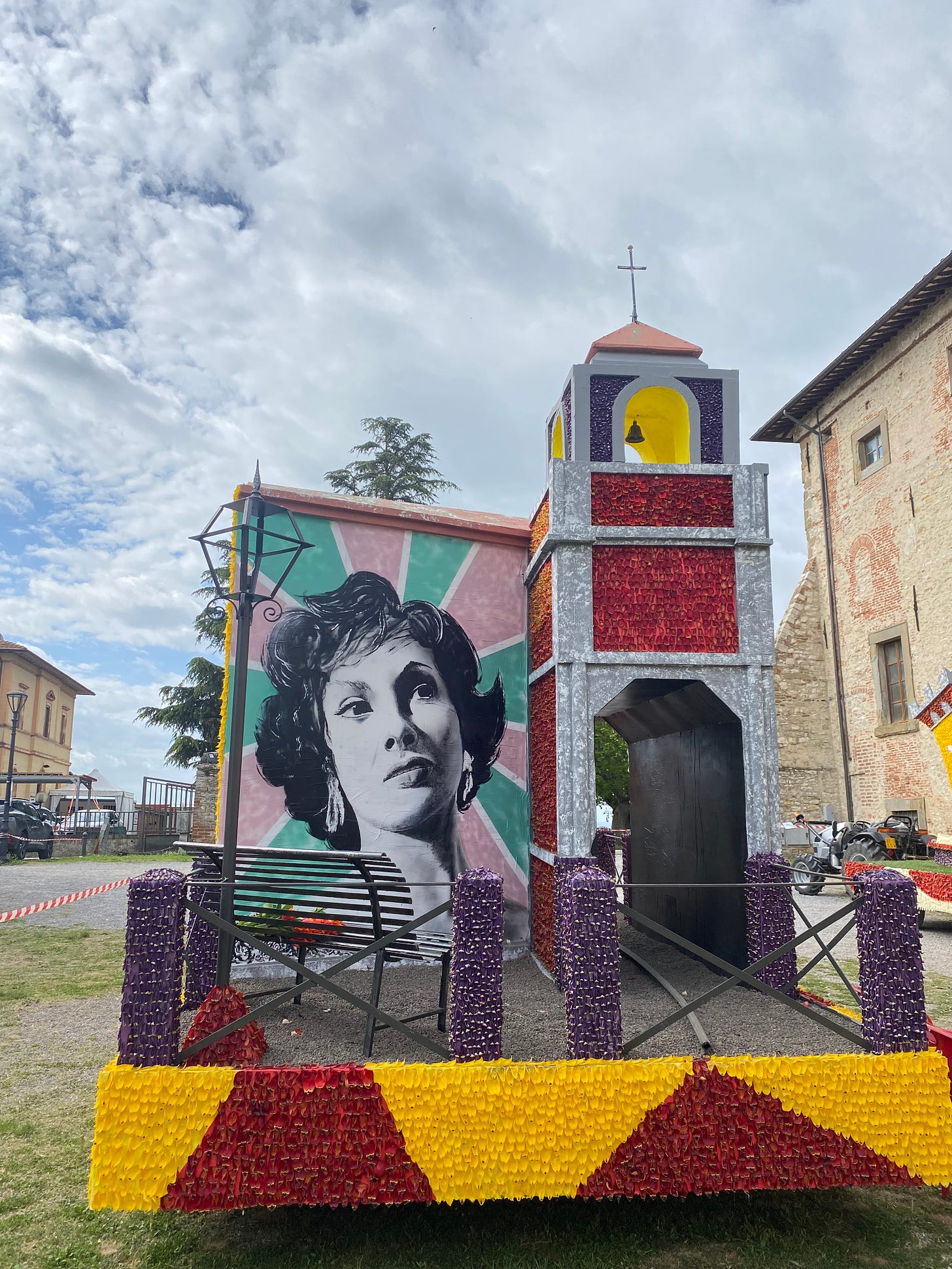
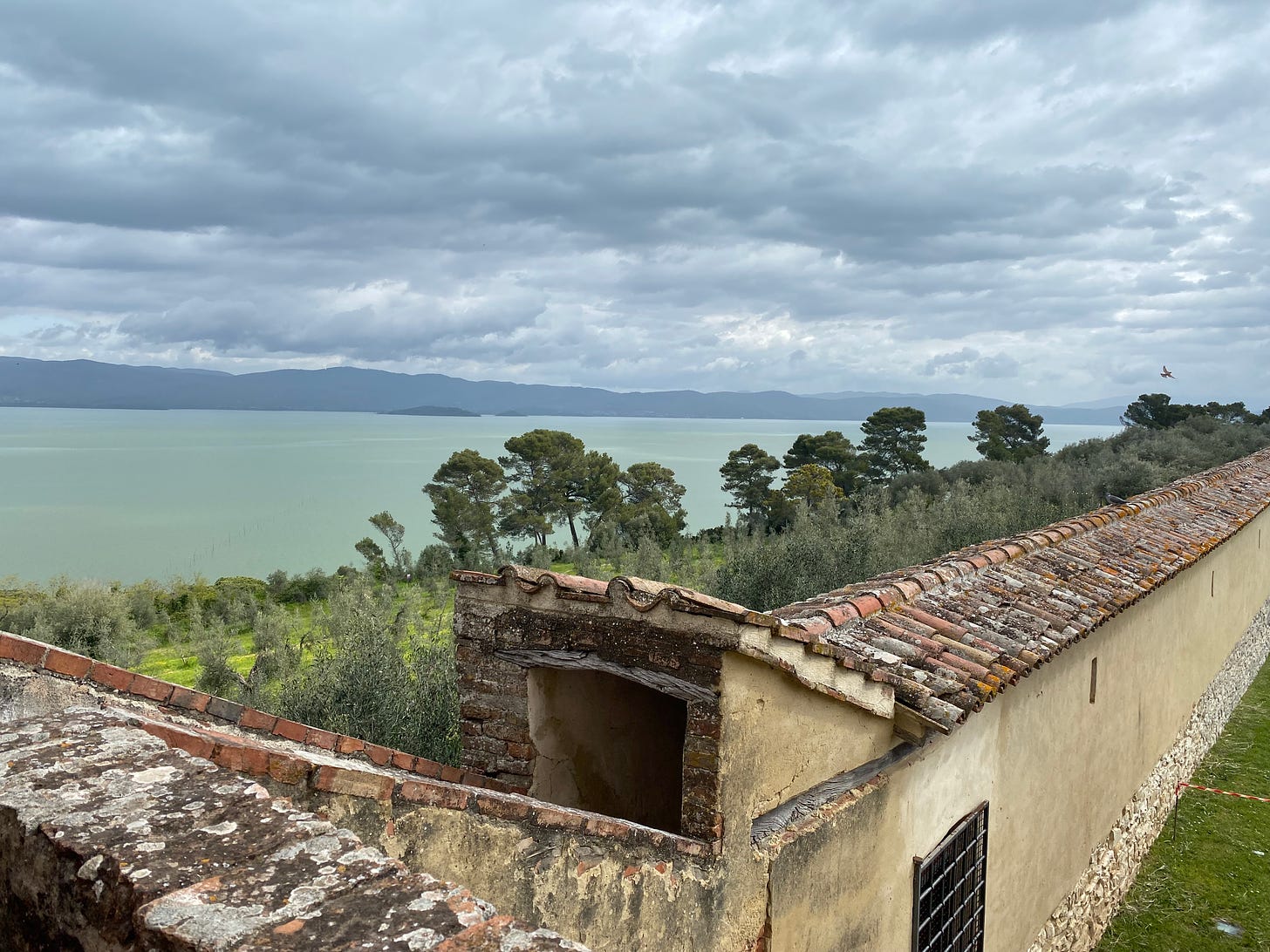
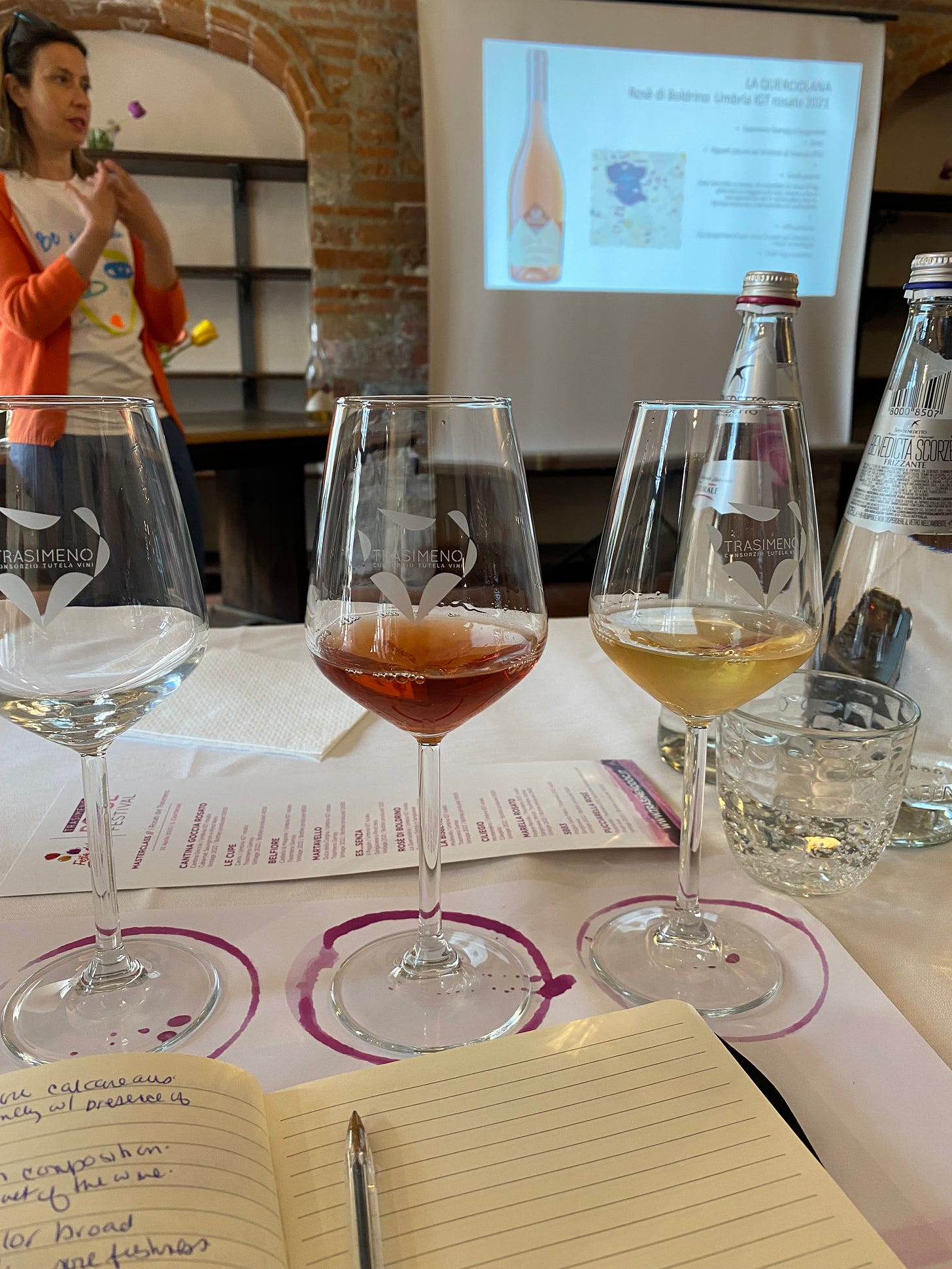
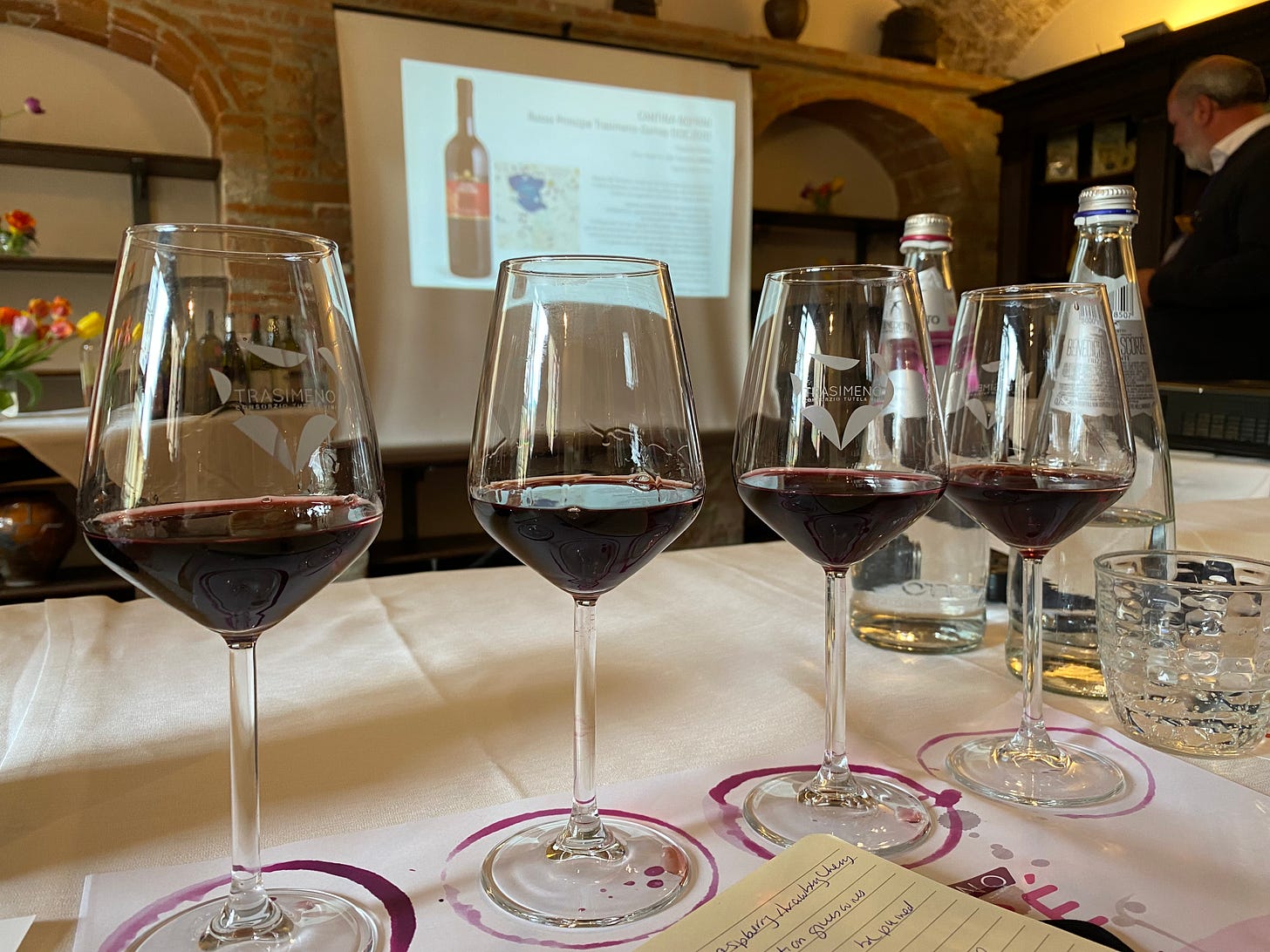


Wine Discoveries